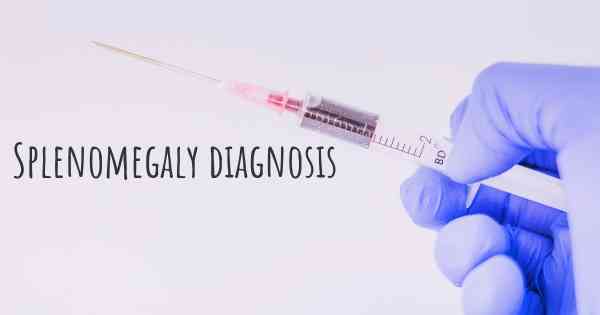How is Splenomegaly diagnosed?
See how Splenomegaly is diagnosed. Which specialists are essential to meet, what tests are needed and other useful information for the diagnosis of Splenomegaly

Splenomegaly is a medical condition characterized by an enlarged spleen. It can be caused by various underlying conditions such as infections, liver diseases, blood disorders, or certain cancers. Diagnosing splenomegaly involves a combination of medical history assessment, physical examination, and diagnostic tests.
Medical history: The healthcare provider will ask the patient about their symptoms, medical history, and any recent illnesses or infections. This information helps in identifying potential causes of splenomegaly.
Physical examination: During a physical examination, the healthcare provider will palpate the abdomen to feel for an enlarged spleen. They may also check for other signs such as tenderness or pain in the left upper abdomen.
Diagnostic tests: To confirm the diagnosis and determine the underlying cause of splenomegaly, several tests may be ordered:
- Blood tests: A complete blood count (CBC) is commonly performed to evaluate the number and types of blood cells. Abnormalities in blood cell counts can indicate certain blood disorders or infections. Liver function tests may also be conducted to assess liver health.
- Imaging tests: Imaging techniques such as ultrasound, CT scan, or MRI may be used to visualize the size, shape, and structure of the spleen. These tests can help identify any abnormalities or masses.
- Biopsy: In some cases, a small sample of spleen tissue may be obtained through a procedure called a biopsy. This sample is then examined under a microscope to determine the cause of splenomegaly.
- Additional tests: Depending on the suspected underlying cause, additional tests such as viral serology, autoimmune markers, or genetic testing may be ordered.
Once the diagnosis is confirmed and the underlying cause is identified, appropriate treatment can be initiated. Treatment options may include medications, lifestyle changes, or surgical interventions, depending on the specific condition causing splenomegaly.








